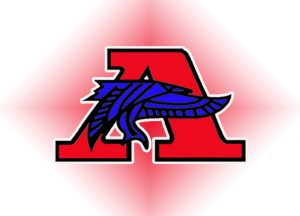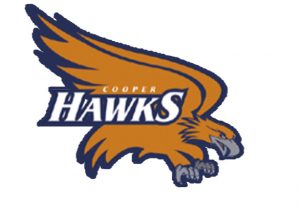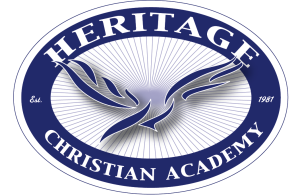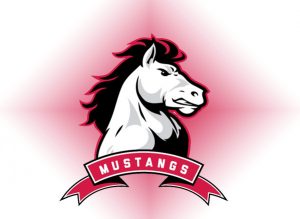MN Department of Health Updates Fall Planning Guidance for K-12 Schools | COVID-19 Update
Minnesota Department of Health Announces new Guidance for Schools this Fall amid the COVID-19 Pandemic
The Minnesota Department of Health briefed members of the media on the latest public health information regarding COVID-19. MDH officials were joined by leadership from the Minnesota Department of Education to discuss new fall planning guidance for K-12 schools released on Thursday.
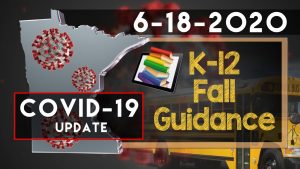
Read the 6-17-2020 COVID-19 Update from Governor Walz and the Minnesota Department of Health Here
Updates and New Fall Planning Guidance for K-12 Schools
MDH Commissioner Jan Malcolm:
- Globally, 8.3 million cases, 449,000 deaths; In U.S, 2.1 million cases, 117,000 deaths
- Total confirmed cases in MN since pandemic began: 31,675 (up 387 — largest increase in about a week)
- Total deaths in MN: 1,344 (up 19). 13 of 19 deaths involved residents of long-term care. 5 of the deaths in Hennepin County. 1 person in 30s died with no underlying conditions.
- Case increase of 419 reported Wednesday involved prior days.
- Mower County seeing spike in cases, home to two meat-processing plants
- Mass testing this Saturday at Mower County Fairgrounds, people in that county encouraged to get tested even if they don’t have symptoms.
- 12,465 tests for COVID-19 run on Wednesday
- About 12% of all COVID-19 confirmed cases in MN have required hospitalization
- 345 patients hospitalized (down 6 since Wednesday), 171 patients in ICU (down 10)
- Again acknowledged new window visitation guidance for long-term care facilities
- Also added additional outdoor visitation guidance for long-term care facilities
- 7,000 community tests done between last week and this week in Mpls and St. Paul, these tests set up following protests and rallies after George Floyd’s death.
MDH Infectious Disease Division Director Kris Ehresmann
- Weekly report updated every Thursday includes new additions
- Additions include testing data by county
- Language data
- Race and ethnicity rates now include “age-adjusted rates” instead of just cumulative rates. This helps better understand what’s happening in MN, further highlights disparities among races and ethnicities. Some groups trend younger and some older when assessing COVID-19 impact
- Hospitalizations of blacks, Hispanics, Asians higher
- A stark reminder: death of person in their 30s means this disease doesn’t just affect older citizens.
- Reported gatherings of younger people without social distancing, no masks
- Urges younger people to practice social distancing to curb spread of this disease
- Wants more teens to take this disease seriously, encourages parents to talk to their teens
- “This disease continues to surprise us,” said Ehresmann.
MDE Deputy Commissioner Heather Mueller
- Outlined three scenarios for K-12 schools this fall.
- Scenario 1: in-person learning for all students
- Scenario 2: hybrid model with strict social distancing and capacity limits
- Scenario 3: distance learning only
- State will decide which scenario to proceed with by week of July 27
- “This spring was incredibly difficult for our students,” said Mueller, particularly for communities of color, further highlighting achievement gaps.
- “We know we are asking a lot of our educators and our school staff,” said Mueller.
- MDE reviewing distance learning plans to look at content, structure and equity.
- MDE conducting statewide survey on distance learning to gather feedback from families.
 How COVID-19 is impacting our community
How COVID-19 is impacting our community
Find all of our latest COVID-19 stories here
Q&A Session and Notes
- How much flexibility with hybrid model? Mueller: we appreciate the partnership with MDH, it’s possible some districts could be in different models.
- Malcolm: It’s important to keep in mind overall state situation, but also understand local variability.
- Last flu season, had 900 school outbreaks. Does that experience give you concern when it comes to in-school learning scenario? Ehresmann: yes, definitely. Last year was a unique year with influenza B affecting more kids. Combination of COVID and influenza could be problematic, MDH taking both into account.
- Why not make decision now? Malcolm: There are evolving and growing knowledge in how the virus affects kids. We’re trying to balance planning and lead time with as much information under our belt. Acknowledges distance learning has not been good for all students.
- Malcolm also acknowledges parents’ ability to work in its school planning
- Ehresmann: if we had make a decision a month ago, it would have looked very different based on changes in the data. Additional weeks does help make decisions, but again, understand need for planning time.
- Specific ways to prioritize learning for communities of color? Mueller: federal GEAR funds for technology will better help kids who are underserved. Also mentioned partnerships to provide better support of staffing and mental health supports
- federal ESSER funds school districts can use at their discretion, encouraged to address disparities.
- Does kids congregating back at school conflict just as we’re advising teens against gatherings we’re hearing about? Ehresmann: We’re trying to weigh to thread a needle, balance critical role education plays in a kid’s life with public health.
- Summer gathering activities there’s more discretion, trying to get kids to prioritize with public health goals, believes it’s a reasonable ask over these summer months.
- Further explain age-adjustment with COVID-19 disparities? Ehresmann: Age-adjustment takes into account how population differs by age -provides weighted disparities. Revealed Asian and Hispanic population had higher hospitalizations, blacks had higher deaths. This further breaks down disparities.
- Malcolm: we’ve seen disparities in some parts of data and not in others, age-adjustment method reveals disparities are more stark.
- What about students who are not high-risk who are not comfortable going back to school? Mueller: We have certainly taken that into consideration
- As far as hybrid model, is extra funding available for the increased costs such as cleaning materials, 50% busing, etc? Mueller: That is something we’re looking at. We realize school budgets based off busing at full capacity.
- What about distance learning that districts have learned to improve upon? Mueller: Districts can do individual decisions, but MDE does provide guidance.
Brooklyn Center | Brooklyn Park | Crystal | Golden Valley | Maple Grove | New Hope | Osseo | Plymouth | Robbinsdale

